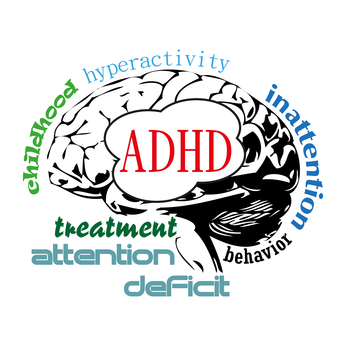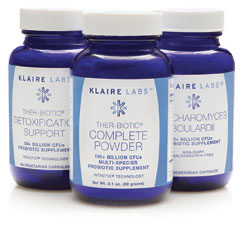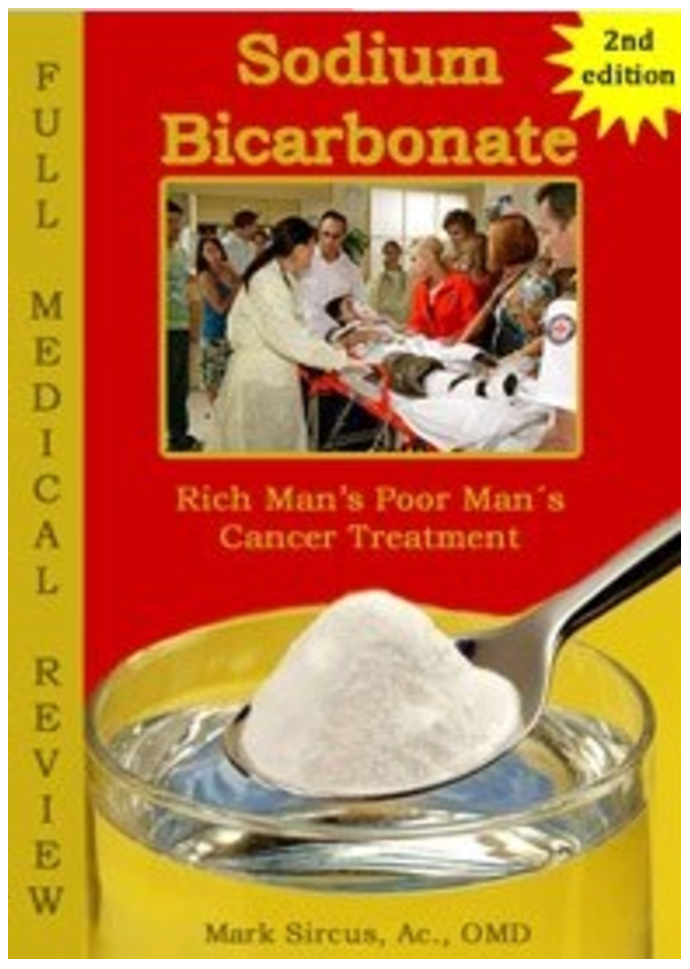![[Webinar Signup] What Is the Body Ecology Diet? An Interview with Donna Gates Body Ecology Diet: An Interview with Donna Gates](https://www.mariarickerthong.com/wp-content/uploads/2013/11/Donna-Gates-and-Body-Ecology-Diet.jpg) Donna Gates is the developer of the Body Ecology Diet, a gut-healing diet that can be used to recover symptoms of autism, ADHD, autoimmune diseases, hormonal imbalances and more.
Donna Gates is the developer of the Body Ecology Diet, a gut-healing diet that can be used to recover symptoms of autism, ADHD, autoimmune diseases, hormonal imbalances and more.
Sign up for the webinar replay below.
In this interview, Donna talks about how she developed the Body Ecology Diet, almost as an offshoot of what she learned studying macrobiotics.
We talk about gut health is important for the immune system and how, if you have gut dysbiosis (an imbalance of bad bacteria, yeast, parasites and pathaogens vs. good), that it leads to ill health.
Gut health also affects brain health, as most (95%) of your neurotransmitters are made in your gut. Most, if not all, people with neurological and neurodevelopmental disorders have impaired gut function, which is why cleaning up the gut can help recover people from symptoms of these chronic disorders.
Find out how this diet can help those with:
- Allergies
- Food allergies
- ADHD
- Asthma
- Autism
- Neurological disorders
- Thyroid disorders
- Autoimmune disorders
 Why are there so many food allergies these days? Sign up below for the webinar replay of my interview of Robyn O’Brien to find out.
Why are there so many food allergies these days? Sign up below for the webinar replay of my interview of Robyn O’Brien to find out. In the fall of 2013, I attended “
In the fall of 2013, I attended “ I’ve been pretty busy lately helping to organize an event for my non-profit. Epidemic Answers hosted “
I’ve been pretty busy lately helping to organize an event for my non-profit. Epidemic Answers hosted “ We honored Ken Cook of the Environmental Working Group,
We honored Ken Cook of the Environmental Working Group,  Academy-award-nominated alternative country singer
Academy-award-nominated alternative country singer  I finally got to meet Donna Gates, the developer of the
I finally got to meet Donna Gates, the developer of the 
 Did you know that most, if not all, school shootings were performed by children on some type of anti-depressant or other psychological medication?
Did you know that most, if not all, school shootings were performed by children on some type of anti-depressant or other psychological medication?
 I’d like to let everyone know that I am now offering my clients world-class probiotics from Klaire Labs and supplements from their parent company, ProThera.
I’d like to let everyone know that I am now offering my clients world-class probiotics from Klaire Labs and supplements from their parent company, ProThera. WEST SIMSBURY, Conn., June 25, 2013 /PRNewswire-iReach/ — Epidemic Answers, a 501(c)(3) nonprofit organization at
WEST SIMSBURY, Conn., June 25, 2013 /PRNewswire-iReach/ — Epidemic Answers, a 501(c)(3) nonprofit organization at  I have to say, I was fascinated with the material in Dr. Mark Sircus’ book, “Sodium Bicarbonate: Rich Man’s, Poor Man’s Cancer Treatment” because it provides a fundamental framework for understanding the nature of disease: that chronic health conditions and diseases arise from an acidic state of the body.
I have to say, I was fascinated with the material in Dr. Mark Sircus’ book, “Sodium Bicarbonate: Rich Man’s, Poor Man’s Cancer Treatment” because it provides a fundamental framework for understanding the nature of disease: that chronic health conditions and diseases arise from an acidic state of the body.

